We should all have a solid command of the ABCs of baking. Thankfully, Food52's Test Kitchen Manager Erin McDowell is here, with tips and tricks to help you master the most essential desserts and the simplest breads.
Today: Grab your mixer -- we're making pavlova.
I am all about pavlova -- it's one of those naturally simple desserts that's not only impressive, but infinitely adaptable. It can be made for any occasion and be changed to suit every season. That being said, fall and winter are the best times to make pavlova because it’s dry (meringue and humidity do not mix well) -- plus, pavlova makes a great gluten-free alternative to pie during the holidays. Making good pavlova is really about achieving a gorgeous meringue. Here's what you need to know about meringue before you get started:
-
Start with a clean bowl and clean tools. Do you remember how to make perfect angel food cake? Fat is the worst enemy of egg whites. Any fat or grease clinging to the surface of the mixing bowl or whip can prevent the egg whites from whipping up. And the same goes for separating your eggs -- there can’t be a speck of yolk in with your whites! Take care when separating your eggs, and wipe out your mixing bowl with a little bit of distilled white vinegar before using it.
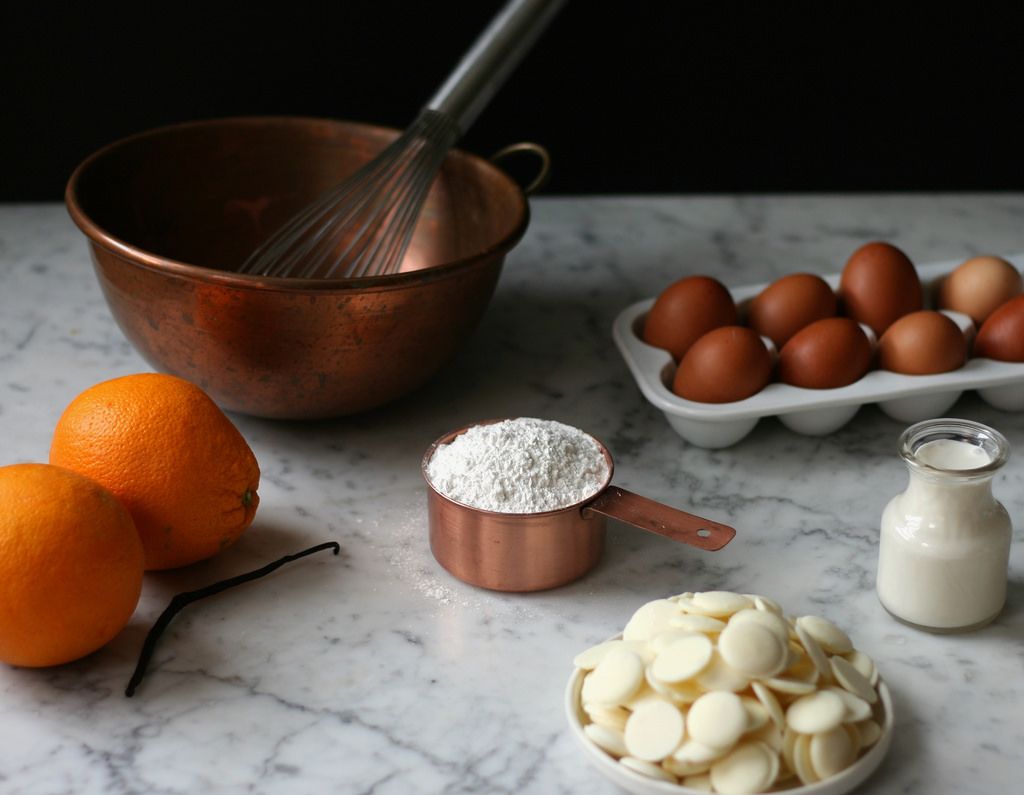
-
Prep yourself. Once you start whipping, everything will happen fast, so you'll want to work quickly (a little bit of volume is lost in the foam with every passing minute). Read through the recipe thoroughly and have all your ingredients measured out and your equipment ready.
-
Give yourself a guide. Line a baking sheet with parchment paper and use a 9-inch cake pan (or even just a plate) as a guide to trace where the pavlova will go. Trace around the guide, then turn the parchment over so that the ink is facing downward.
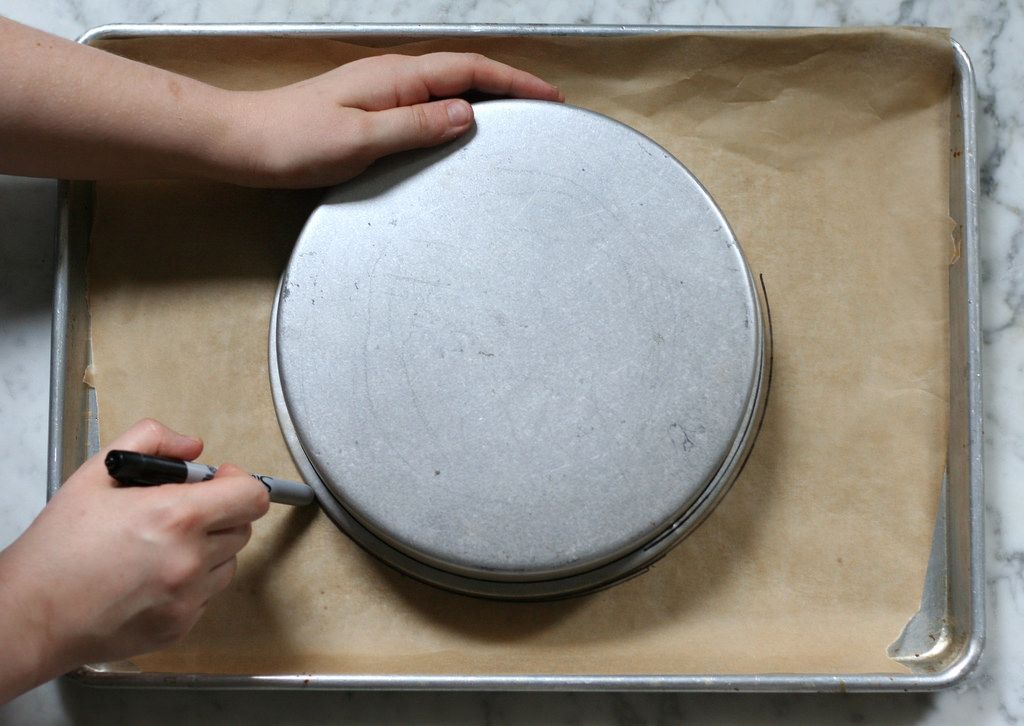
-
Give yourself structure. Meringue is made by whipping egg whites with sugar, but a few extra ingredients will help ensure success. Cream of tartar, also known as potassium bitartrate, is an odorless white powder that acts as an acidic compound. It lowers the pH of the albumen in the egg whites and introduces low levels of hydrogen into the mixture; this makes them more prone to denaturing, which is a good thing -- it breaks the egg white up to create a strong, stable foam.
Ultimately, the addition of cream of tartar helps the egg whites to reach their full volume while also maintaining structure. It also prevents bonds from forming between the protein molecules in the egg whites as you beat them, which can force water (naturally present inside the egg whites) out of the aerated bubbles -- this makes the meringue weepy and prevents it from foaming properly to stiff peaks. Cornstarch also helps prevent moisture loss and helps to stabilize the meringue. Whisk these ingredients in with the sugar to prevent clumping and make sure they are evenly distributed.
More: If you're feeling fancy, try your hand at a batch of meringue mushrooms.
-
Room temp is the best temp. Like with much baking, starting with room temperature egg whites is best. They whip up better and quicker at room temperature because their protein bonds can break down (and consequently, whip up) more easily.
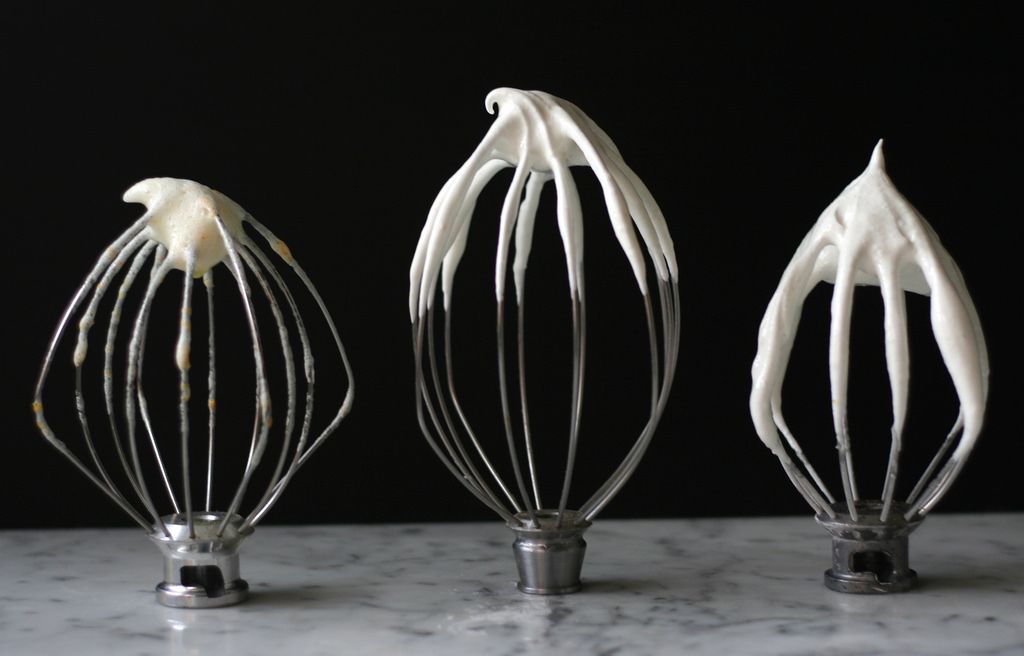
-
Start to whip the whites on low speed. This breaks up the proteins in the eggs and starts to create the foam. Once the mixture appears foamy, raise the speed to medium and begin to add the mixture of sugar, cream of tartar, and cornstarch gradually. Pour the sugar mixture gently in a slow stream (don’t dump it all in at once -- this will crush the base of the beautiful foam you’ve made).
More: Alice Medrich likes her pavlova with a healthy dose of peanut butter.
Raise the mixer speed to high and continue to whip until the egg whites have reached full volume and form stiff peaks. Refer to the photo above, which demonstrates soft, medium, and stiff peak meringues (yes, I have three different mixers each with their own whisk attachment -- gulp!). The soft meringue (left) has very little structure and falls over completely into a soft mass; the medium peak meringue (center) is shinier and whiter, but still soft looking; the stiff meringue (right) holds a peak straight up and down and is bright white and very shiny. The meringue should be smooth and easily spreadable -- if it looks clumpy or grainy, it has been overwhipped, and there's no coming back from that. When the meringue has reached its full peaks, quickly beat in the orange zest and vanilla bean until incorporated.
-
Carefully pour the meringue into the center of the prepared parchment. Use a small offset spatula to spread the meringue into a 9-inch circle, using the circle your traced on the parchment paper as a guide. I like to make the texture of the meringue swirly to leave lots of peaks and valleys (giving both crunchy and chewy bits in the finished pavlova). Some recipes will also suggest making a sort of indentation in the center of the meringue to provide more room for fillings and toppings. Do this by pressing down and outward with the offset spatula, leaving a valley in the center, with the edges mounded up slightly.
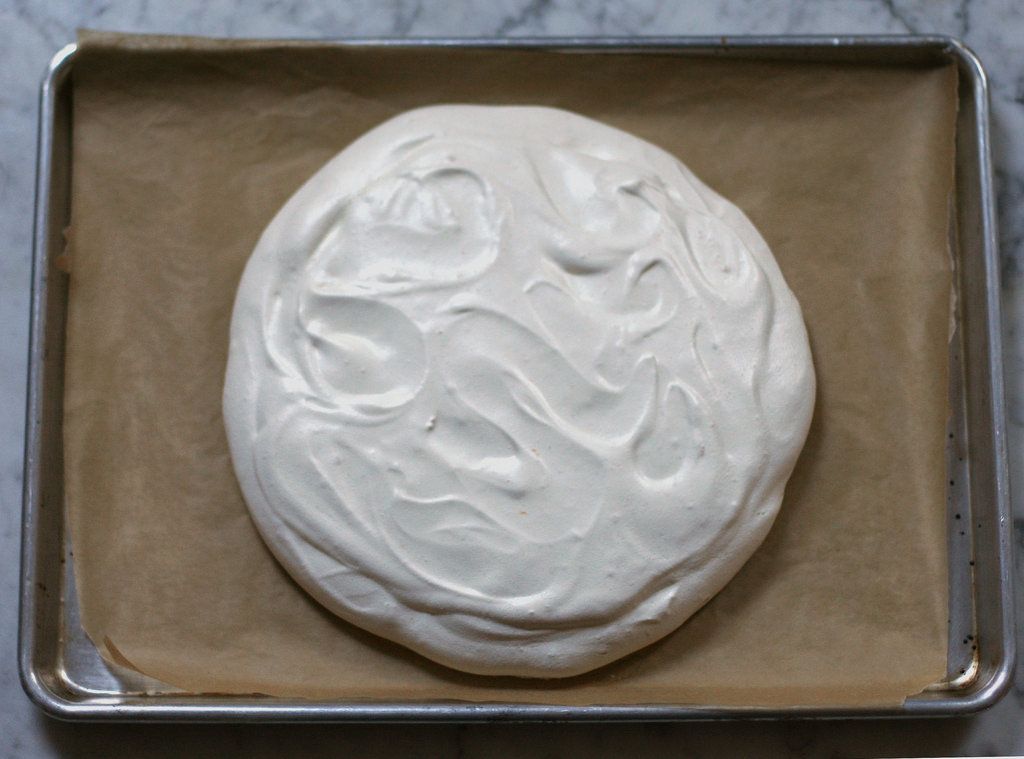
-
Crisp it good. Meringue isn’t “baked” so much as it is “dried”. The longer you allow the pavlova shell to dry, the more stable and less fragile it will be. I recommend baking the pavlova for 1 1/2 to 2 hours at 225° F, then turning the oven off and leaving the pavlova inside until it is completely cool, 3 to 4 hours more. In humid months, it may need to be dried longer -- up to overnight in an oven with a pilot light to make sure it’s fully dry. The pavlova may get a little bit of color, but ideally, it should be snow-white, even when it’s fully baked.
- Go crazy with your toppings. I’ve made raspberry-almond pavlovas, roasted apple-cinnamon pavlovas, or (one of my favorites), this white chocolate orange pavlova. Typically, pavlova includes fresh fruit and plenty of whipped cream. Ganache is one of my favorite additions (especially in winter, when there’s less good fruit to go around). Citrus curd is great. Candied nuts would be another great choice. But really, treat the meringue shell like a blank canvas -- almost anything goes.
White Chocolate Orange Pavlova
Makes one 9-inch pavlova
For the meringue shell:
9 egg whites, at room temperature
2 3/4 cups granulated sugar
1/4 cup cornstarch
1 teaspoon cream of tartar
3 tablespoons orange zest
1 vanilla bean, halved and scraped
For the topping:
1 1/2 cups heavy cream, divided
1 1/4 cups white chocolate
4 tablespoons powdered sugar
2 tablespoons thinly sliced orange zest
See the full recipe (and save and print it) here.
Photos by Erin McDowell
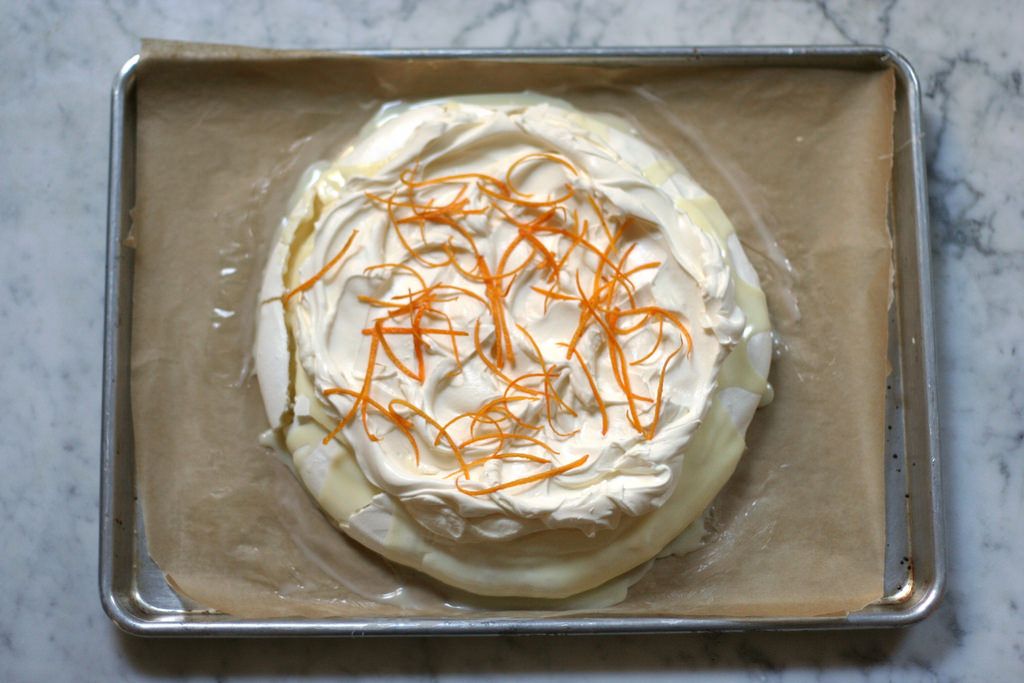

See what other Food52 readers are saying.